Bloating
Struggling with bloating? Here’s what you need to know to find relief.
ALL TEST ARE ACCREDITED & REGULATED BY



What is bloating?
When you’re bloated, your stomach or abdomen can feel full and uncomfortable, or even painful.
This bloating happens when your gastrointestinal tract contains too much gas or air. Bloating can be mild, or more severe, and may present as:
– A visibly distended or swollen abdomen
– Feeling very full and uncomfortable
– Feeling of tightness in the abdomen
– Excess gas – belching and/or flatulence
– Rumbling or gurgling
There are several causes of bloating, so it’s important to diagnose the cause of your bloating and find out why it’s happening to you.

Why does bloating happen?
Prolonged periods of bloating could indicate an underlying health problem, if so you should see your GP.
Possible causes can include:
Irritable bowel syndrome (IBS diagnosis)
Ulcerative colitis, a form of inflammatory bowel disease (IBD), where the inner lining of the large bowel is inflamed and develops ulcers
Crohn’s disease, the other form of IBD, where some parts of your colon are inflamed
Too much bacteria in your small intestine (called small intestinal bacterial overgrowth, or SIBO)
Gastroesophageal reflux disease
Food intolerances, especially lactose or fructose intolerance
Producing too much gas (dysbiosis and fermentation)
Weight gain
Stress or anxiety
Delays in your food and drink moving on from your stomach (called gastroparesis)
Eating too quickly, so that you swallow too much air (called aerophagia)

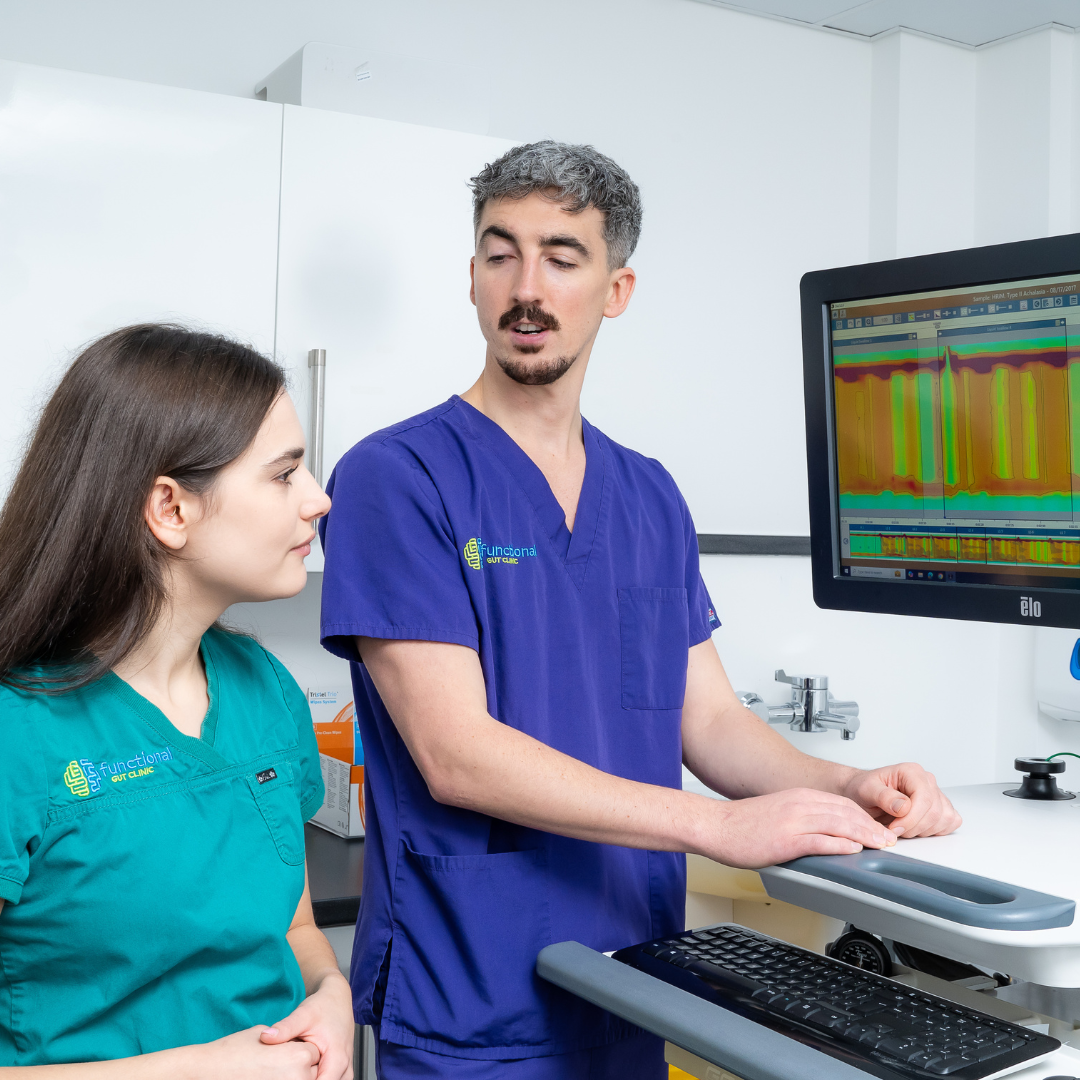
Diagnosing bloating
Feeling bloated is no fun, but once you know what’s going on you can start to manage your symptoms and the underlying causes.
Testing options:
At the Functional Gut Clinic, we can run the following tests to diagnose the causes of bloating:
Gastric emptying test– which measures how quickly food leaves your stomach
Carbohydrate malabsorption breath test– which finds out if you have certain food intolerances (lactose or fructose)
Small intestinal bacterial overgrowth (SIBO) breath test– which finds out if you have an overgrowth of bacteria in your small intestine (called SIBO)
Oesophageal manometry– which measures the function of your oesophagus (food pipe)
24-hour pH impedance monitoring– which looks at whether you have any reflux
Colonic transit study-a non-invasive test which looks at how long it takes for faeces to pass through your bowl
Learn more about bloating

The Difference Between LPR Reflux and GERD | The FG Clinic
If you’ve ever dealt with acid reflux, you might assume all symptoms come from the same condition. Not so. While gastroesophageal reflux disease (GERD) is the most common cause of heartburn and indigestion, laryngopharyngeal reflux (LPR) — often called silent reflux — often goes ignored or unnoticed.
Unlike GERD, LPR leads to hoarseness, throat clearing, or a chronic cough. But, otherwise, it’s often asymptomatic, making it extremely hard to diagnose. Let’s learn more about GERD and LPR symptoms.
What’s the Difference Between GERD and LPR?
Both GERD and LPR have the same underlying mechanism.
Usually, when you digest food, the lower oesophageal sphincter forms a barrier between the oesophagus and stomach, preventing backflow. However, if the sphincter doesn’t function, acid can move into the oesophagus (GERD). If it continues in the voice box and throat, it becomes LPR.
People with GERD often have difficulty swallowing (dysphagia) and severe heartburn in the centre of their chest. Strangely, despite also passing via the oesophagus, the acid in LPR is less symptomatic. Aside from a cough, hoarseness, or shortness of breath, there are often no specific symptoms. In fact, LPR is frequently confused with asthma or a respiratory infection.
To put it simply:
GERD primarily involves digestive symptoms
LPR usually involves respiratory or throat symptoms (or no symptoms at all)
Do GERD and LPR Ever Overlap?
Yes. Given that acid must travel through the oesophagus on the way to the throat, in some sense, all cases of LPR also involve GERD. Therefore, everyone with LPR has GERD.
It’s estimated that around 20% of people have GERD, and a further 5-30% may have LPR (although there is some overlap between the two conditions). Indeed, a 2018 study of 80 people found that 57% of people with GERD displayed evidence of LPR.
One of the conditions may precede the other. Due to the similarities in symptoms and causes, LPR is often misdiagnosed as GERD (and vice versa). That’s why it’s crucial to get an accurate diagnosis by a specialist.
Diagnosis and Treatment Differences
Diagnosing LPR and GERD
Most cases of mild LPR and GERD are diagnosed based on your medical history and symptoms. If the case is severe or persistent, your doctor may recommend an endoscopy. A thin tube with a camera at the end is threaded into your throat, voice box, and oesophagus to look for signs of acid damage.
If only LPR is suspected, your doctor may perform a laryngoscopy, which only visualises the voice box and throat.
Alternatively, 24-hour pH monitoring is another option. It measures acid levels in your oesophagus to confirm if reflux is occurring and how high up your oesophagus it’s going.
Treating LPR and GERD
Treatment for silent reflux and GERD is similar. Options include medications and or lifestyle changes.
Lifestyle changes involve avoiding potential triggers. These include:
Foods: Fatty, spicy, citrus, tomato, chocolate, peppermint
Drinks: Caffeine, alcohol, fizzy drinks
Habits: Smoking, large meals, eating late, lying down right after eating
Medications aim to reduce acid production. H2 receptor blockers (e.g., ranitidine) and proton pump inhibitors (PPIs) (e.g., omeprazole) are quite effective. In rare cases, the reflux symptoms persist, requiring surgery.
When to See a Doctor
Most people with acid reflux start with over-the-counter (OTC) medications such as antacids. These neutralise the acid during an attack. However, they won’t solve the problem in the long term.
Don’t ignore symptoms just because they don’t include heartburn.
Aside from LPR, a chronic, persistent cough is a sign of several potentially harmful conditions. Speaking to a doctor as soon as possible reduces the risk of complications.
You should see a doctor if you notice:
A chronic cough that won’t go away
Frequent throat clearing or a sensation of something stuck in your throat
Hoarseness, especially in the morning
Trouble swallowing or feeling like food gets stuck
Persistent sore throat with no clear cause
A bitter or sour taste in your mouth, especially after meals
Chest discomfort or heartburn that keeps returning
Symptoms that seem like asthma but don’t improve with inhalers
Discover the Cause of Your Symptoms
Dealing with acid reflux? If you can’t tell whether it’s GERD versus silent reflux, we can help.
The Functional Gut Clinic provides high-level diagnostic testing for acid reflux, including pH and impedance monitoring, oesophageal manometry, and gastric emptying studies. We’ll get to the bottom of your symptoms. This is also important for diagnosing and treating reflux in babies, which can present as both GERD and LPR.
Learn more about GERD acid reflux, and how we can help.
Hear from people we’ve helped, just like you.
"Very professional while welcoming and friendly"
"The manner and demeanour of all staff from reception to people carrying out the test was very professional but welcoming and friendly. Atmosphere is very relaxed and all instructions clear and concise."
London Patient

"Highly recommend this"
"Thanks to Dr Hobson and everyone at the Functional Gut Clinic. The whole team is very kind and generous and they are doing things that are cutting edge and they actually get results."
Manchester Patient

"Highly recommend this"
"After stopping my lansoprazole, every time I had a warm drink, I could feel it burn all the way down to my stomach. Thank you to Sam for making me feel at ease." - Manchester Patient

"My experience could not be better"
"Pleasant and knowledgeable staff that made the experience more enjoyable than it should be!" - London Patient

"Very friendly and knowledgeable"
"An excellent service from beginning to end. I would recommend to anyone who was considering having testing done. Very friendly and knowledgeable!" - Manchester Patient

"Very kind and helpful"
"It was also great to have time to talk to the clinicians – very important when you have problems. Reception staff also very kind and helpful." - Manchester Patient

Are you experiencing any other symptoms
Symptoms are often closely connected. Find out more below.
Reflux
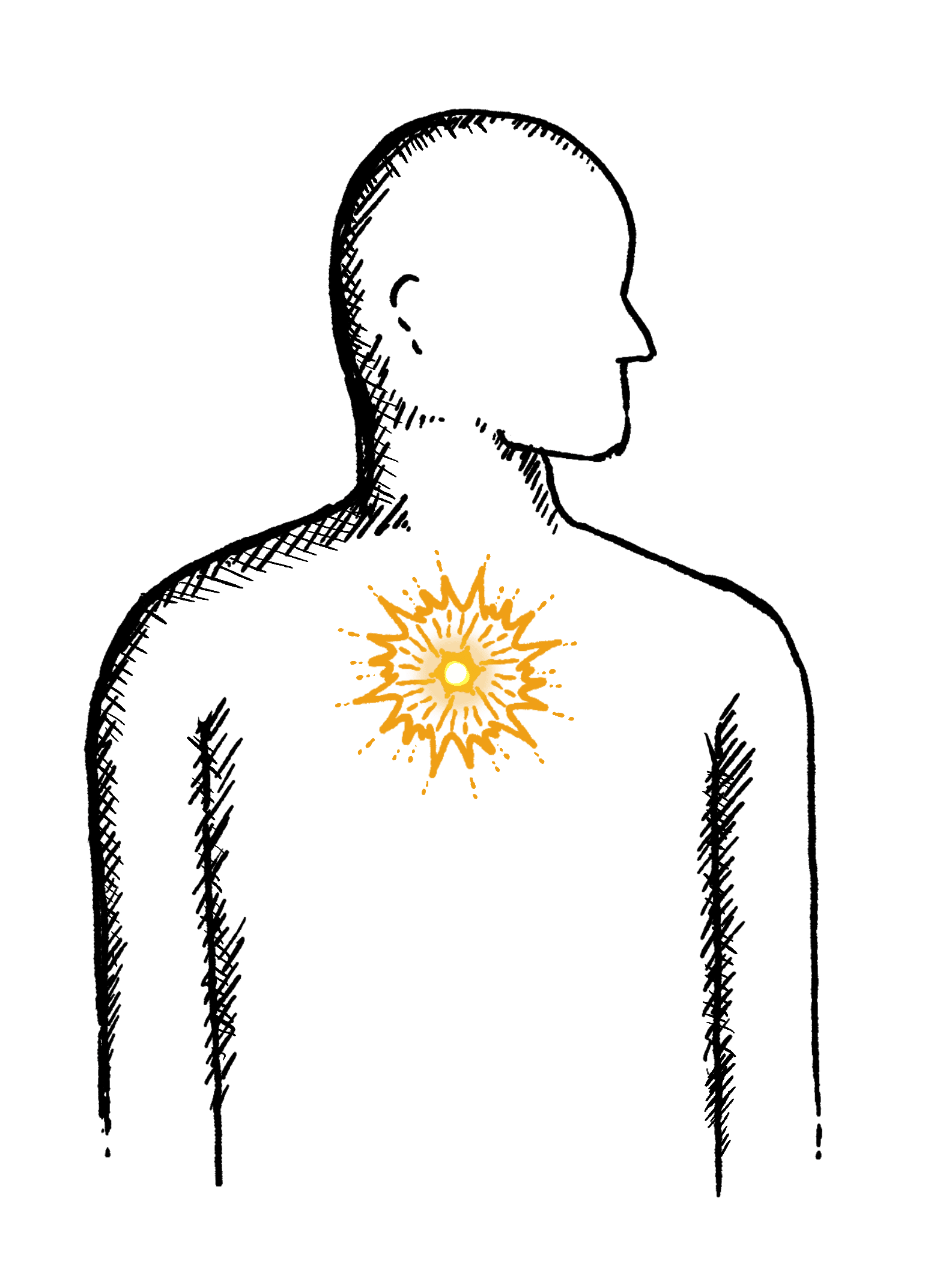
Burning mid-chest, worse when bending or lying down
Constipation
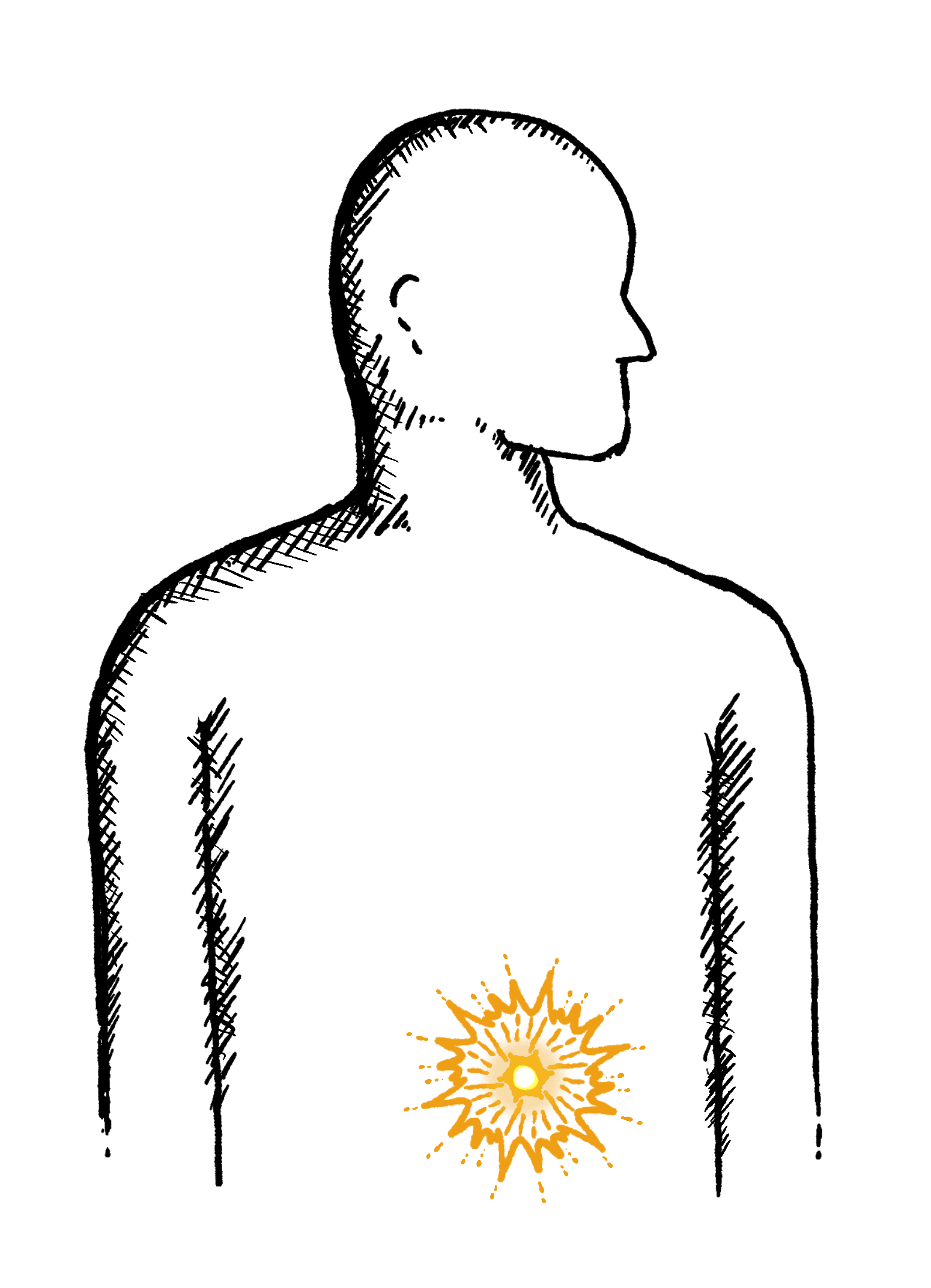
Difficulty going to the toilet, unusual stools, often with stomach ache or intestinal cramps, bloating, nausea or appetite loss
Heartburn

A burning pain in your chest, just behind your breastbone.
The pain is often worse after eating...
Regurgitation
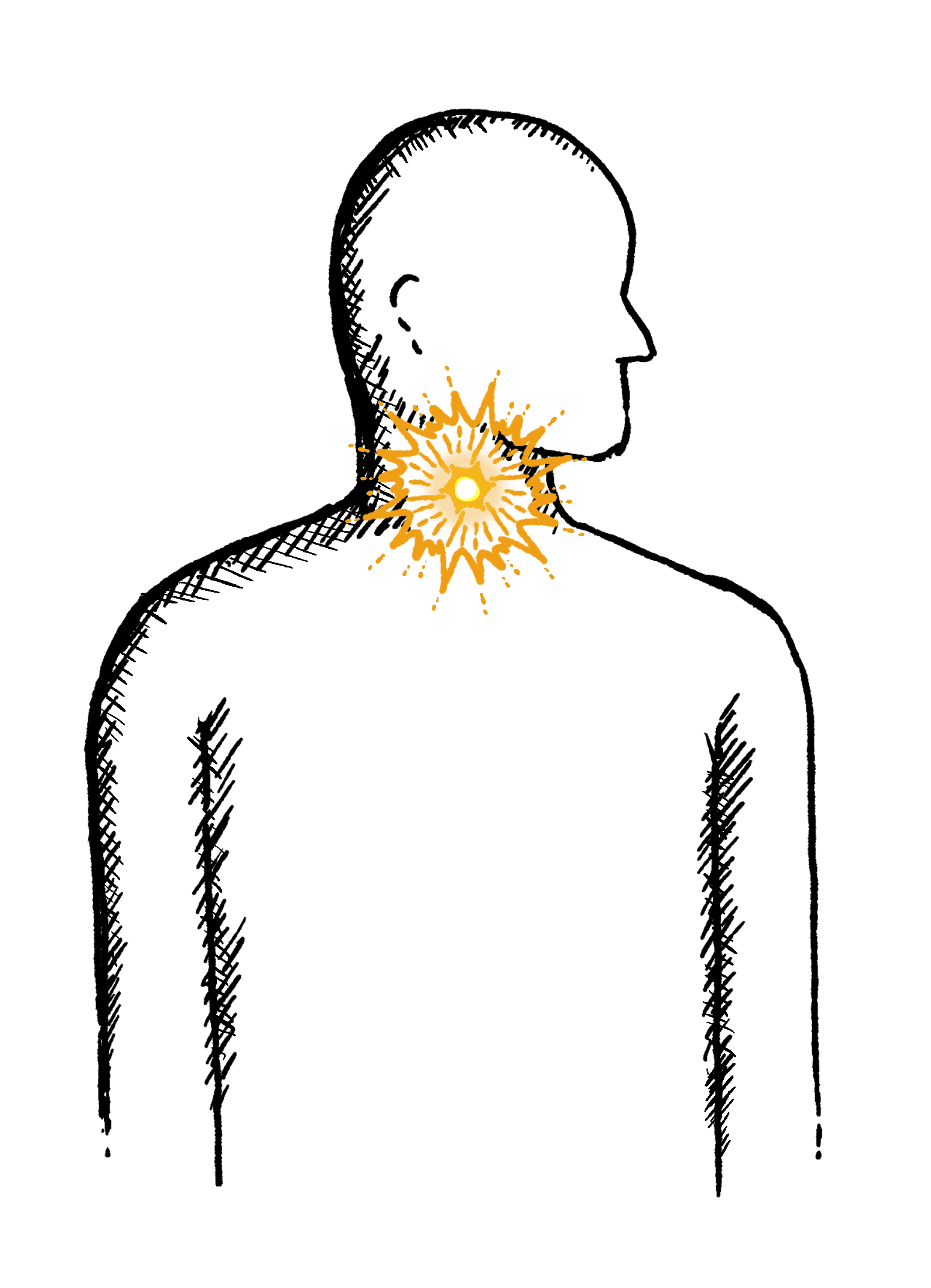
Bringing food or drink back up, difficulty swallowing, feeling that food or drink is stuck in your throat, horrible taste in your mouth
Swallowing Issues

Dysphagia - difficulty swallowing, feeling that food or drink is stuck in your throat, horrible taste in your mouth
Diarrhoea
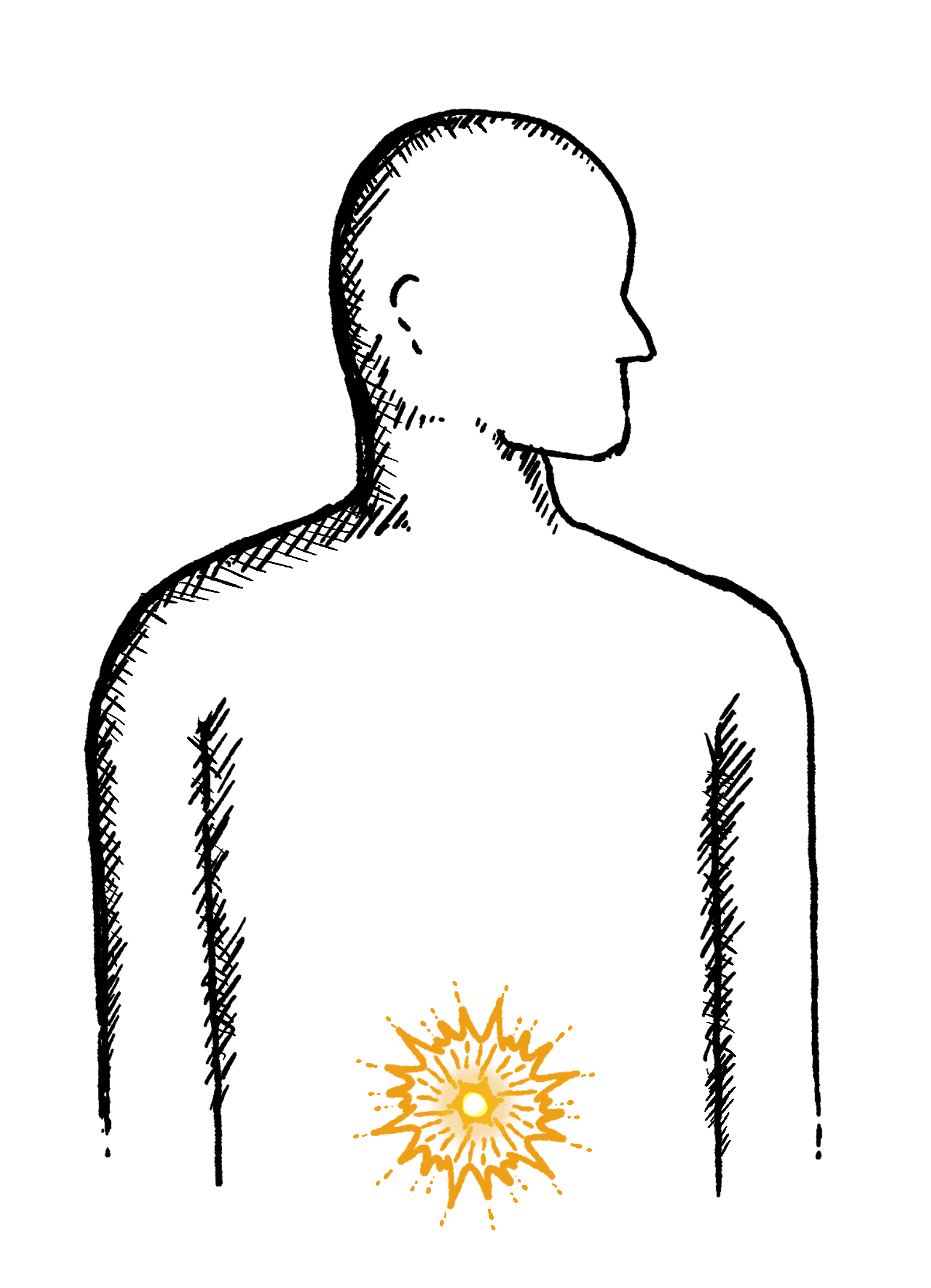
Loose or explosive stools, can’t get to a toilet in time
Abdominal Pain

Cramps; sharp or dull pain, Bloating, Excessive belching, Nausea or vomiting
Faecal Incontinence

Stools leak unexpectedly, Can’t get to a toilet in time
IBS
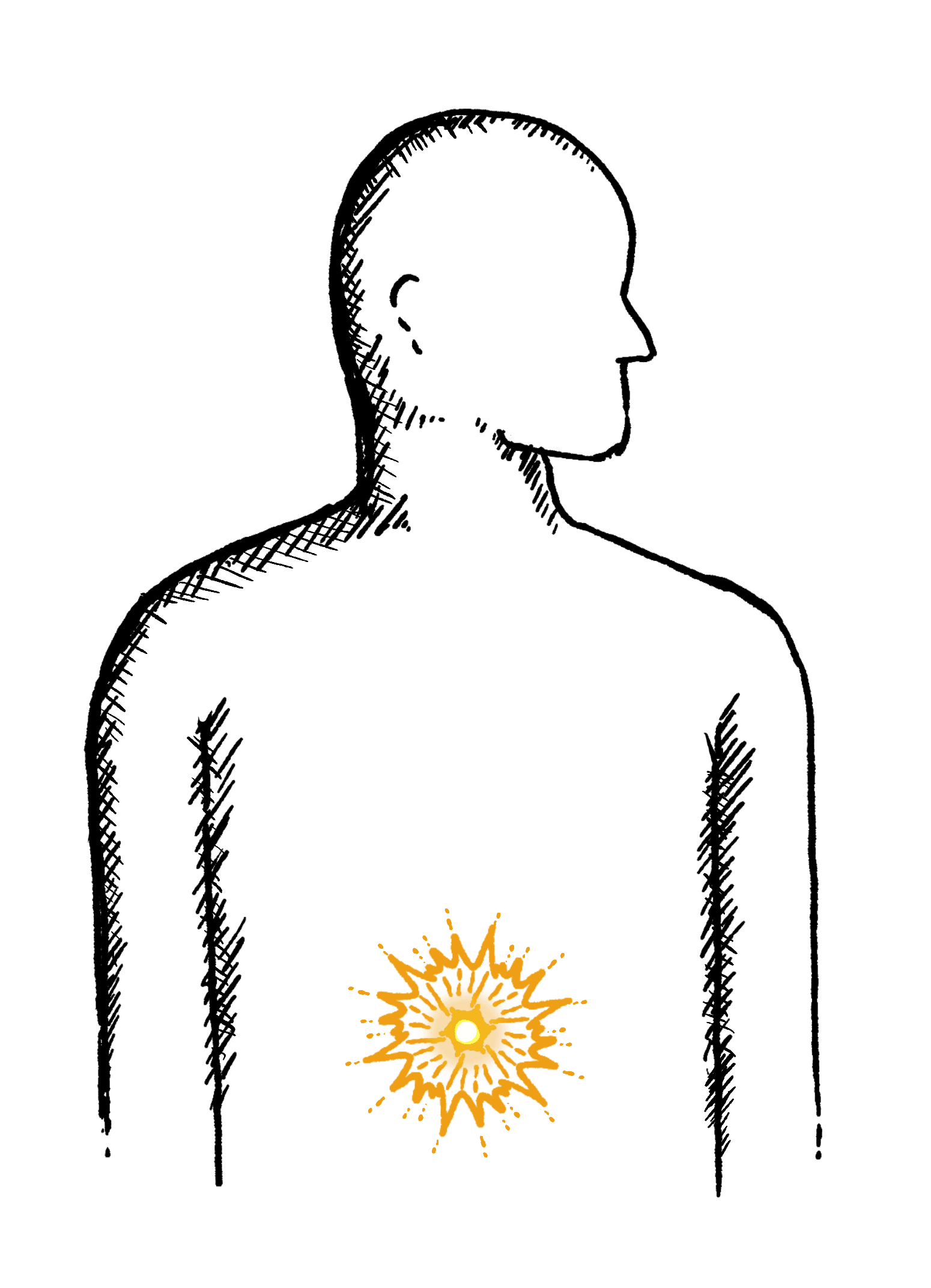
Abdominal pain or cramping, bloating, changes in bowel habits and urgency, gas

